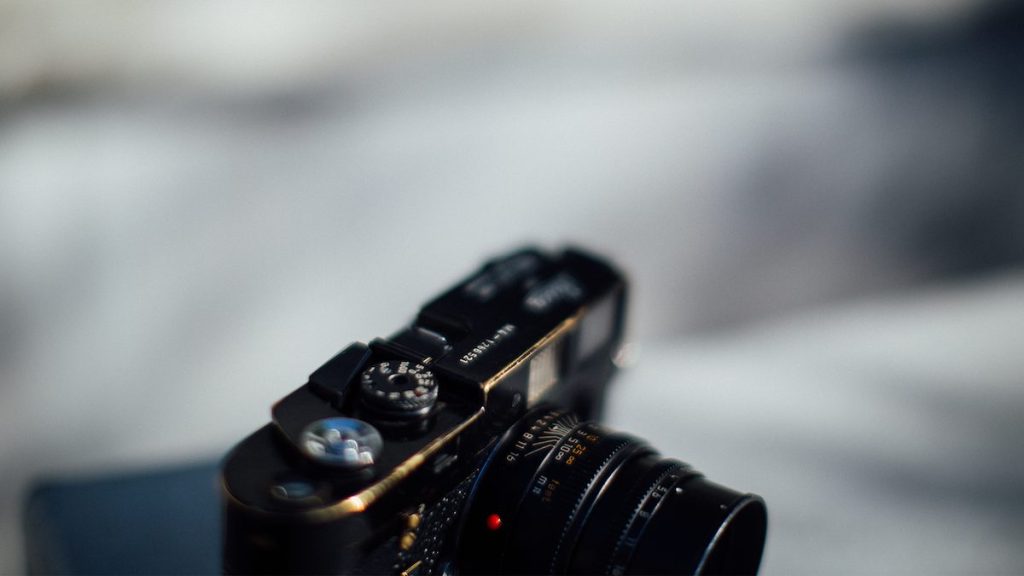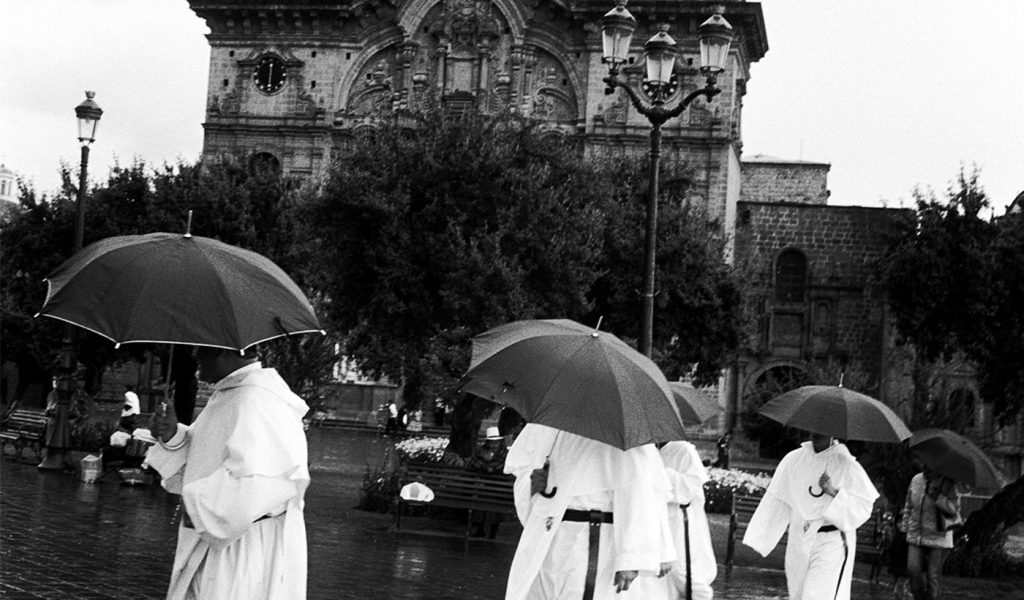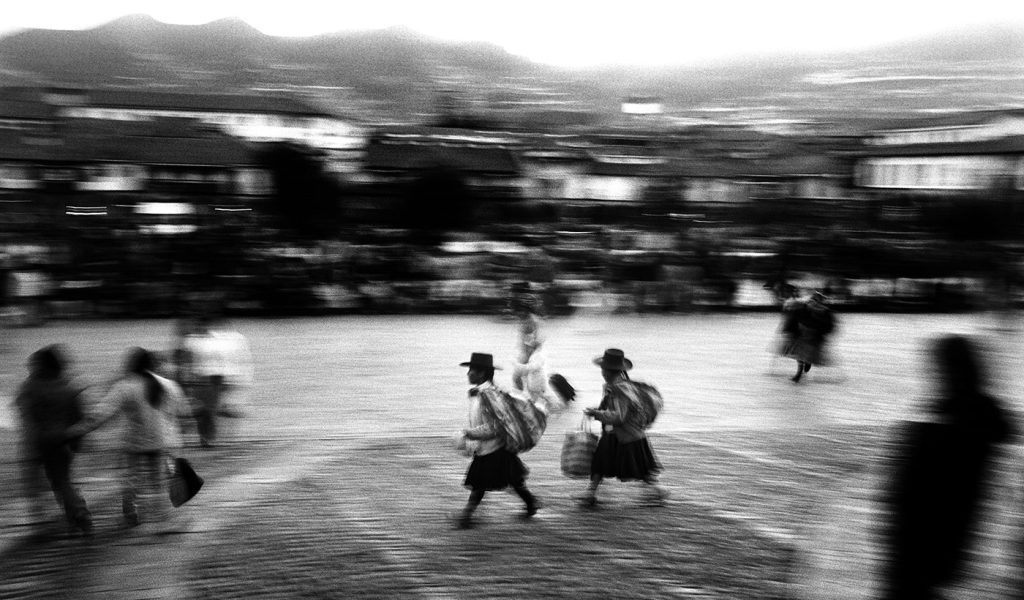The welcome return of film photography
What is it about film photography? For the first time in decades, Eastman Kodak Company is actively hiring film technicians while watching consumer demand for film skyrocket. Once considered a dead technology, film photography has found a new resurgence in the hands of the younger generations that find the tactile aspects, the classic cameras, and the “film look” to be irresistible.
But before we begin, let’s address the elephant in the room. The ongoing debate is known as film versus digital. Let’s just end this now. It shouldn’t be film versus digital, it should be film and digital. These two mediums are not better than one another, just different, so feel free to shoot what you want when you want without the need to establish a fictional hierarchy.
Why film? Film provides a look. When a photographer chooses to shoot film, they choose a set of ingredients based on their film of choice. Color, saturation, skin tone, contrast, grain, and sharpness are among the details unique to each individual emulsion. Unlike digital, there is no need to add these properties in the post-production process. With film, these beautiful aspects come right from the can. The film look is a textured, three-dimensional glimpse of the world and is in sharp contrast to the smooth, textureless, and often two-dimensional feel of digital imagery.
Film cameras are another draw for those wanting to explore analog technology. Most film cameras, compared to their computer-like companions of today, are simplistic in nature, require no firmware updates, and are nearly indestructible. It is not uncommon to see a young film photographer using a camera older than they are. Classic models from the 1970s and 1980s are still going strong, many of which don’t even require a battery.

But there is more to this story than the nuts and bolts of analog. Film photography is as much about lifestyle as anything else. In the Digital Age, we find ourselves facing a daunting amount of screen time. The mobile phone is our constant companion, social media permeates our culture, and many of us spend our days in front of laptops doing email, spreadsheets, and Zoom calls. Digital photography only adds to this engagement with the screen. Importing, editing, post-processing, exporting, and archiving often take generous amounts of time. Film photography only requires a screen if the photographer chooses to digitize their workflow. Otherwise, they can exist entirely offline. The lab can do the processing and scanning while the photographer can venture to the darkroom for copies of their best film-based images.

There is one more angle to this story that often gets entirely overlooked. Film archives incredibly well. Throw a properly processed strip of black and white negative in a shoebox and one hundred years later, most likely, that film will remain. Attempting to archive a single digital image over the same timeframe is an entirely different story. Not only do we not have a specific archiving path to follow but transferring digital 1s and 0s from device to device or cloud service to cloud service is a costly and confusing process for even the most skilled archivist.
Perhaps the moral of this story speaks to the idea of choice. Giving photographers more choices when it comes to how they make work is a good thing for photography in general. Photographers, after all, are an integral part of the global, creative community. The responsibility of creatives is to make the best work they possibly can. The tactile, slow, and somewhat limited aspects of film are what make the film experience so different from anything else. Not being able to see your images in real-time and only having 36 images on a roll of 35mm film add to the experience of using this older technology. In an age when instant gratification is the norm, film photography shows us that good things come to those who wait.

***
Ready to photograph and self-publish your work? Start by choosing a book format.

